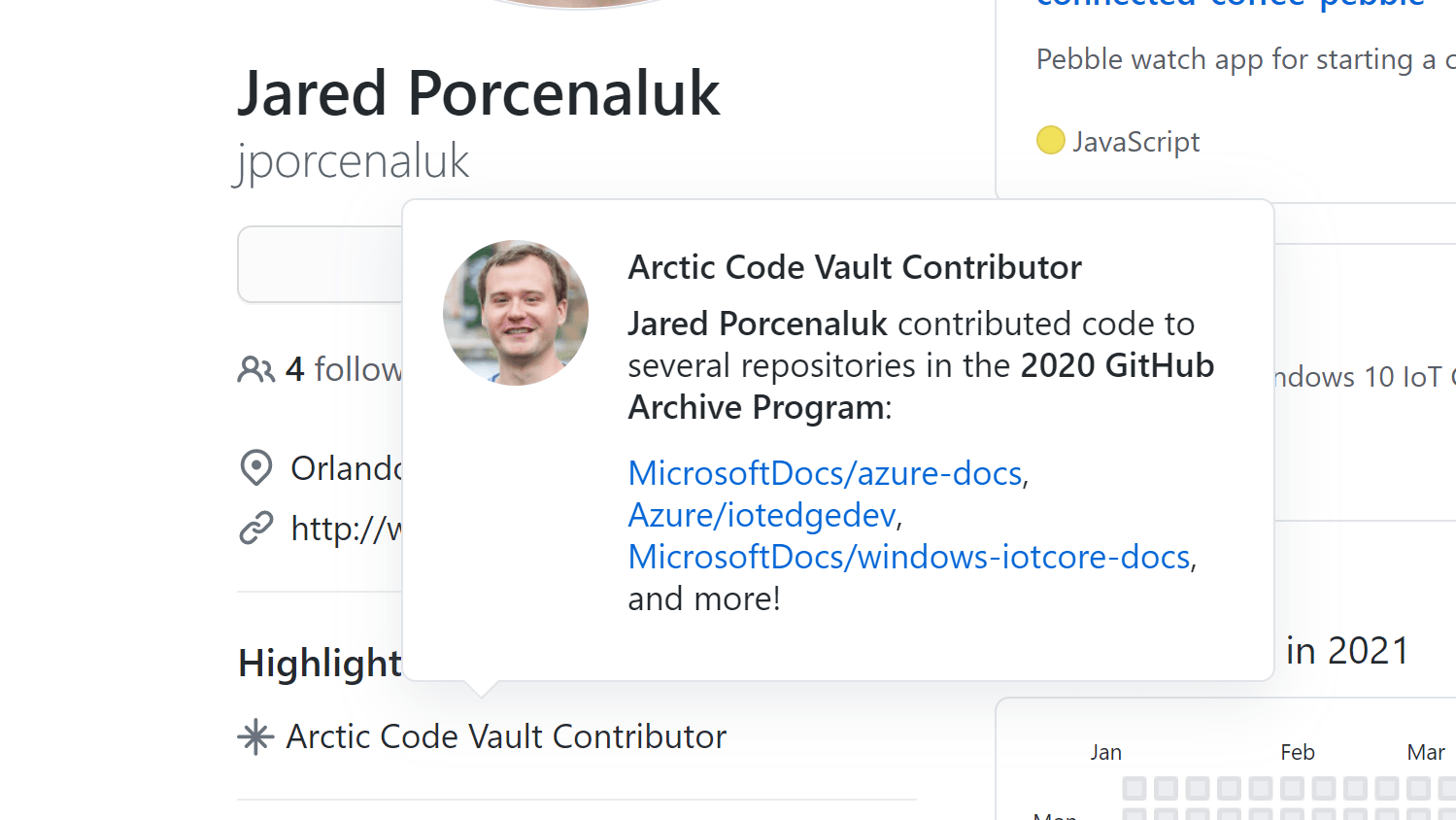Sometimes the universe works in mysterious ways. I’m not one for mystics, but I have to admit that my own foresight has given me a bit of a shiver last night. Of course, I didn’t attempt to be the next Nostradamus when I wrote the blog post pondering what software will last 1,000 years, but here we are. Apparently GitHub has endeavored on a project with exactly that goal.
And documentation I’ve written will be included.

Is GitHub serious about burying film reels containing open-source code and documentation in a decommissioned coal mine in the Svalbard archipelago? They are serious enough to have done it. What at first feels like a publicity stunt reveals itself to be a serious anthropological project. Archivists are genuinely interested in preserving our culture and history, including some of the most important works generated by our species in the last hundred years: software.
One amusing note about those film reels. They are made by Piql; a company who’s name is a homophone of “Pickle.” Get it? Because “pickling” is a form of preservation. I find this adorable.
Imagine my surprise when I find there is not only a well-funded project to preserve software for 1,000 years, but unimaginably software I’ve helped write will be included in it. I would have never thought I’d be contributing to software that lasts 1,000 years.
Given the repositories I’ve contributed to that will be included, I believe everything I’ve written for those projects is documentation. As I’ve created side projects, I’ve found missing or inaccurate parts of documentation and have occasionally felt the need to steer future developers away from pitfalls. In doing so, I’ve contributed to the documentation of open-source projects such as Azure Docs, IoT Edge Dev, and Windows IoT Core Docs. It could very well be that there’s some forgotten semicolon I’ve added on some active public repository out there, effectively making code I’ve written part of the archive. No matter, in my mind the parts of software for humans to read are at the same level of importance as the parts of software for computers to read. Documentation does not play second fiddle to code because it is a crucial tool to continuing to use and develop software.
I shouldn’t feel so special. The purpose of the GitHub Archive vault is to preserve as much open-source software as it can. In that spirit, it had some fairly relaxed rules about what was included and what was not, effectively making any public and active repository part of the archive. Still. To think that little ol’ me has some code chilling, literally, in a vault somewhere north of the arctic circle is pretty cool. Really cool. Like, subzero.
And if 1,000 years isn’t good enough for you, they’re working on 10,000.



